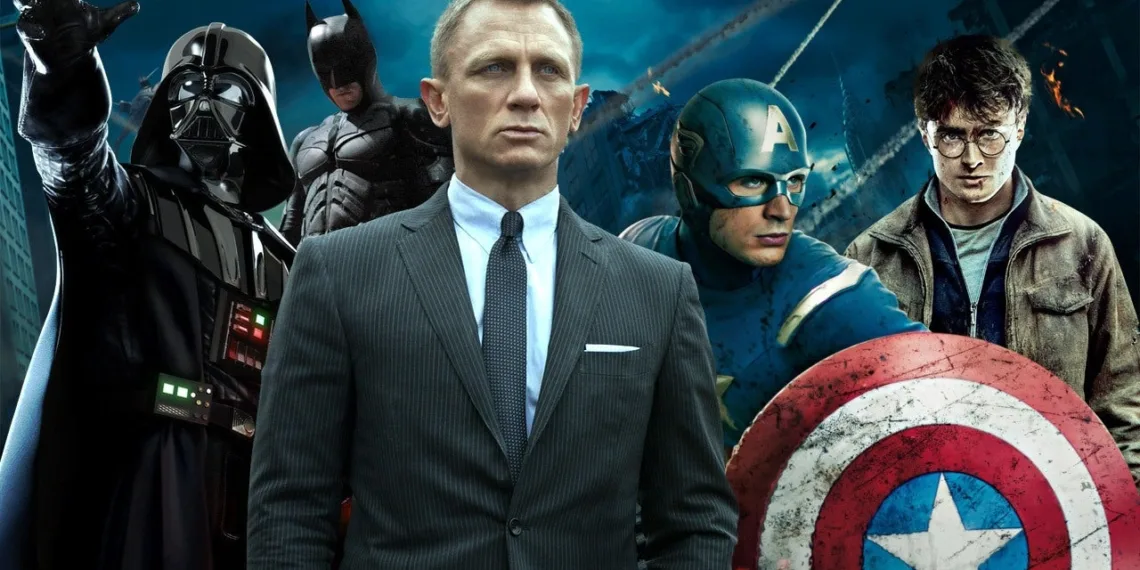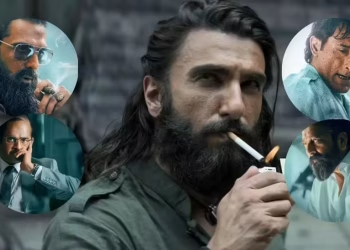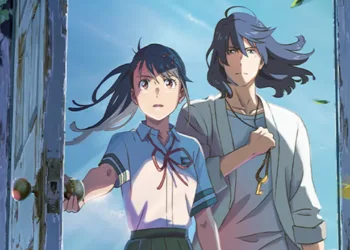Classic Movie Franchises That Earned Billions: The Marvel Cinematic Universe has earned an incredible $31 billion at the box office since 2008. This achievement makes it the highest-grossing movie franchise in history.
Star Wars and Harry Potter stand among the most successful franchises too. Star Wars has reached $10.36 billion with its 12 films, while Harry Potter’s magical series has brought in $9.66 billion through 11 movies. The success runs deep in this industry – all but one of these top 10 movie franchises have surpassed $5 billion in worldwide earnings.
These remarkable numbers showcase the greatest movie franchises ever created. Box office success tells only part of the story. These cinematic giants have changed the entertainment world through critical acclaim and cultural influence over the last several years.
Table of Contents
Star Wars: The Original Blockbuster Franchise
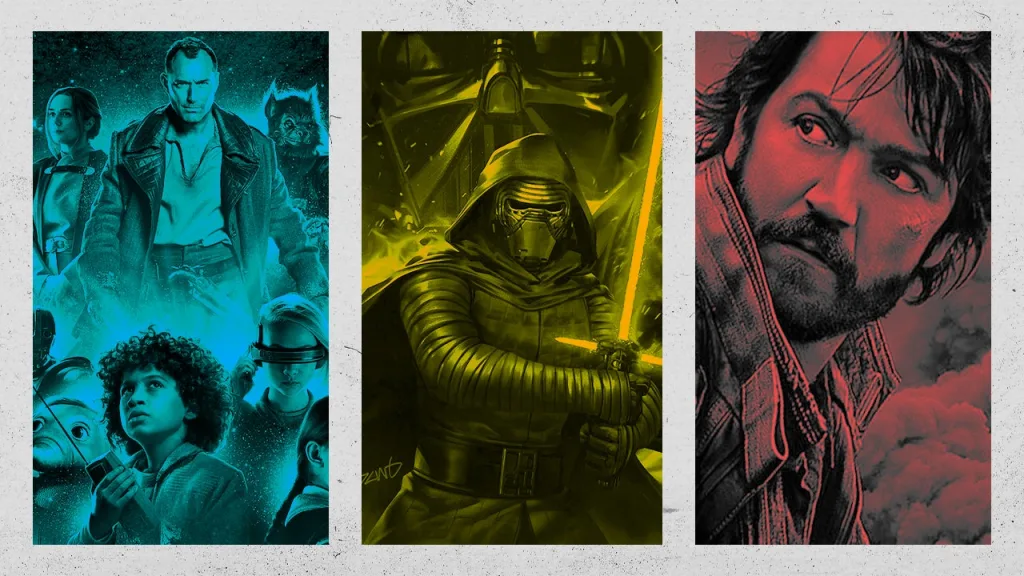
Image Source: Lucasfilm
George Lucas didn’t just make a film when he released “Star Wars: A New Hope” in 1977. He sparked a cultural revolution that would reshape Hollywood blockbusters forever. The space opera quickly overtook “Jaws” as the summer blockbuster champion and earned six Academy Awards the next year.
Critical Reception Across the Trilogies
The original trilogy raised the bar incredibly high. “The Empire Strikes Back” (1980) and “A New Hope” rank among the greatest films ever made. The revelation about Darth Vader in “Empire” became one of cinema’s most memorable plot twists. “Return of the Jedi” (1983) got good reviews, but critics usually call it the least impressive of the original three.
The prequel trilogy drew mixed reactions from audiences. “The Phantom Menace” (1999) ranks as the lowest-rated Star Wars film on Rotten Tomatoes. Roger Ebert saw its potential differently and gave it 3½ stars out of 4. He called it “an astonishing achievement in imaginative filmmaking”.
Box Office Dominance Through Decades
The original 1977 “Star Wars” film stands as the franchise’s biggest commercial hit after adjusting for inflation. Its initial $65.39 million worldwide earnings translate to more than $295.33 billion in today’s ticket prices. “The Force Awakens” (2015) holds the record for highest unadjusted gross with more than $168.76 billion worldwide.
Impact on Filmmaking and Pop Culture
Star Wars changed everything about:
- Visual storytelling: The Dystraflex camera system, created just for “A New Hope,” revolutionized motion control photography and set new standards for visual effects.
- Merchandising: The franchise turned toys from simple children’s playthings into collectibles.
- Filmmaking approach: Its success shaped the work of directors like Ridley Scott, James Cameron, Peter Jackson, and Christopher Nolan.
The Force of Nostalgia vs. Innovation
The franchise faces its biggest challenge today—finding the sweet spot between nostalgia and innovation. Recent projects like “The Mandalorian” try to capture the original trilogy’s magic through Luke Skywalker appearances. Industry insiders now describe Star Wars as a “nostalgia-based enterprise… running out of ways to create nostalgia”.
One source puts it perfectly: “The magic of the original Star Wars trilogy was perhaps a once-in-a-lifetime feat; there’s no use in attempting to perfectly recreate what essentially boils down to lightning in a bottle”.
Marvel Cinematic Universe: Redefining the Movie Franchise Model

Image Source: Wikipedia
“If we can’t protect the Earth, you can be damned well sure we’ll avenge it.” — Robert Downey Jr., Actor portraying Tony Stark/Iron Man in the Marvel Cinematic Universe
The Marvel Cinematic Universe has changed the rules for movie series success, unlike previous Hollywood franchises. MCU includes 35 films since 2008’s “Iron Man” and has earned over $31 billion at the worldwide box office. This number surpasses Star Wars, its closest competitor, by more than $20 billion.
From Iron Man to Endgame: Critical Progress
Marvel delivers both financial and critical success consistently. The franchise holds an impressive 84% average approval rating on Rotten Tomatoes, which is by a lot higher than the 68% average of the top 15 grossing franchises. This success has grown with the franchise. Phase 3 reached an impressive 89.2% average Rotten Tomatoes score compared to Phase 1’s 80.2%.
“Avengers: Endgame” stands as the peak of this experience, becoming the second highest-grossing film of all time with approximately $2.8 billion. The MCU’s success includes nine films that crossed the billion-dollar mark:
- “Avengers: Endgame” ($2.8 billion)
- “Avengers: Infinity War” ($2.05 billion)
- “Black Panther” ($1.35 billion)
- “Captain America: Civil War” ($1.15 billion)
The Billion-Dollar Formula
Marvel’s competitors struggle to copy its winning formula that combines several key elements. The studio excels at connecting stories where characters and plots blend across multiple films. This strategy creates what analysts call an “emotional handshake with their consumers”.
Marvel balances big-budget spectacle with character development and humor, investing $100-200 million per film. Post-credit scenes help develop audience curiosity. These scenes turn viewers into what researchers call “viewsers”—people who gather information from multiple media sources to boost their experience.
How Marvel Maintains Quality Across Multiple Films
Marvel maintains quality under Kevin Feige’s leadership through what directors call a “pinkie on the steering wheel” approach. The studio teams up new directors with experienced Marvel producers and gives them creative freedom within set guidelines.
Recent criticism about oversaturation affecting quality exists. Yet MCU’s continued success shows the power of a well-executed franchise model that balances director’s vision with cohesive universe-building.
James Bond: The Longest-Running Spy Series
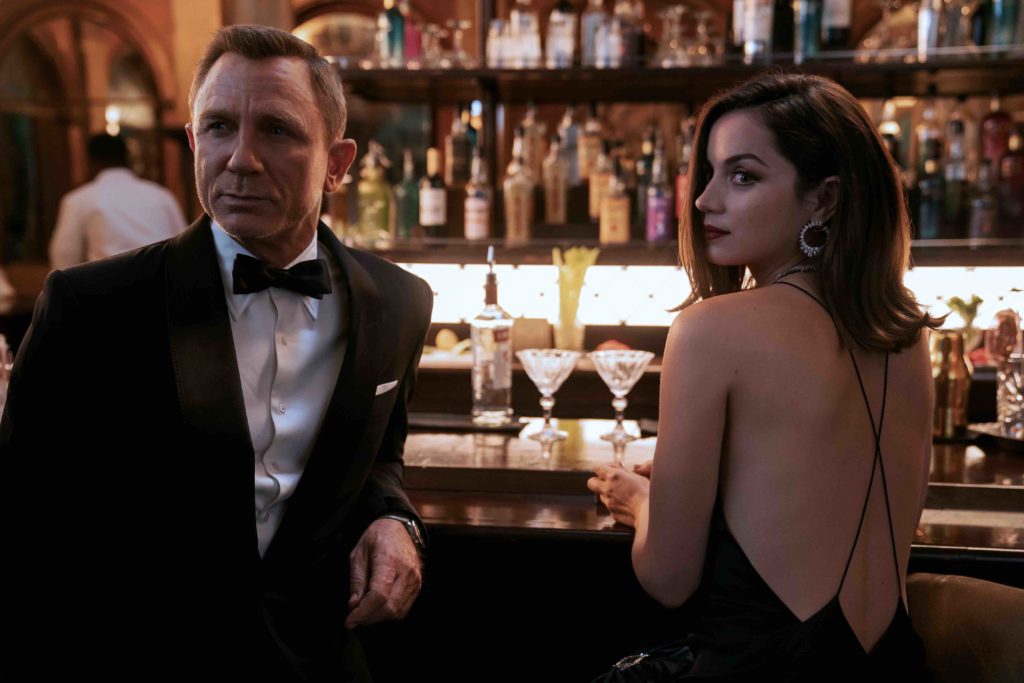
Image Source: James Bond 007
James Bond has captivated global cinema audiences for six decades. The character evolved from Sean Connery’s iconic portrayal to Daniel Craig’s gritty take. The 007 series stands as the third-highest grossing movie franchise ever, with worldwide earnings above $7.88 billion.
Critical Reception Through Six Decades
Critics’ responses to Bond movies changed with each actor’s unique interpretation. Connery created the definitive 007 template—suave yet deadly. Roger Moore himself called Connery “Bond personified”. Critics praised Connery’s “relaxed, wry performance of subtle wit and style”.
The series saw ups and downs during Moore’s lighter approach and Timothy Dalton’s darker version. Pierce Brosnan brought new life to Bond in the 1990s. Many called him “the quintessential James Bond in appearance and manner”.
Daniel Craig’s era brought a critical comeback. “Casino Royale” (2006) and “Skyfall” got unprecedented praise and brought the franchise to modern audiences.
How 007 Adapted to Changing Times
Bond’s staying power comes from its reflection of changing world politics. The series moved naturally from Cold War tensions to post-9/11 fears. Barbara Broccoli knew after September 11 that Bond needed to be “more current and realistic” with Daniel Craig.
Each new actor brought a “soft reboot.” This let the series adapt while keeping its core elements. The franchise grew from early misogynistic portrayals to strong female characters, especially during Craig’s time.
Box Office Performance Across Eras
“Skyfall” tops the earnings chart with $1.11 billion worldwide. It’s the only Bond film to cross the billion-dollar mark. Daniel Craig’s movies lead financially. Yet adjusted for inflation, Connery’s “Thunderball” ($590 million adjusted) and “Goldfinger” ($514 million adjusted) show the franchise’s lasting commercial strength.
Bond movies average $275 million worldwide. Since 1990, that number jumped to $539 million. These numbers prove Bond’s appeal spans generations.
Harry Potter: Magical Critical and Commercial Success
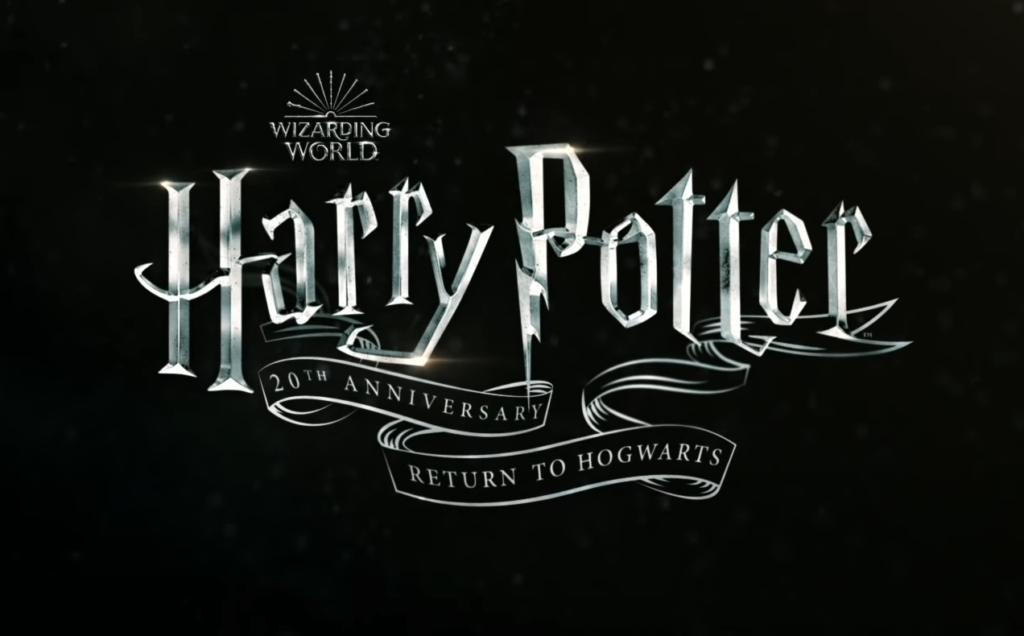
Image Source: Wizarding World
The Harry Potter series transformed from a simple children’s book adaptation into a cinematic phenomenon. Eight main films generated over $9.66 billion globally, making it one of the most remarkable achievements in film history.
Critical Growth Throughout the Series
Harry Potter’s rise mirrors its coming-of-age narrative. Chris Columbus brought a family-friendly approach to the first two films. The series took a fundamental change when Alfonso Cuarón directed “Prisoner of Azkaban.” Many critics and fans call this third installment the best in the series. It brought a more sophisticated visual style and darker tone than previous films.
The franchise managed to keep impressive artistic consistency despite having different directors. Columbus, Cuarón, Mike Newell, and David Yates created remarkably cohesive films. Critics praised the series’ growing maturity and emotional depth, especially in Yates’ final installments.
From Children’s Movies to Dark Fantasy
J.K. Rowling crafted her saga to become progressively darker as Harry ages. This development shows clearly across the franchise:
- The first two films captured childlike wonder and magical discovery
- “Prisoner of Azkaban” brought complex themes and visual darkness
- “Goblet of Fire” marked a dramatic tonal change with Voldemort’s return and Cedric’s death
- The final films tackled themes of war, loss, and sacrifice
This darker tone reflected the central characters’ aging and the wizarding world conflict’s escalating stakes. Warner Brothers even made their logos increasingly tarnished and worn with each film to signal this progression.
The Wizarding World’s Box Office Spell
Harry Potter’s commercial success matched its critical acclaim. “Deathly Hallows Part 2” earned $1.34 billion worldwide, making it the franchise’s highest-grossing film. All but one of these main Potter films crossed the $1 billion mark when adjusted for inflation.
The franchise became the third highest-grossing film series before the Fantastic Beasts spinoffs. Each film ranked among its year’s top-grossing releases. This showed a steadfast audience dedication that few movie franchises have achieved.
The Lord of the Rings: The Trilogy That Changed Everything
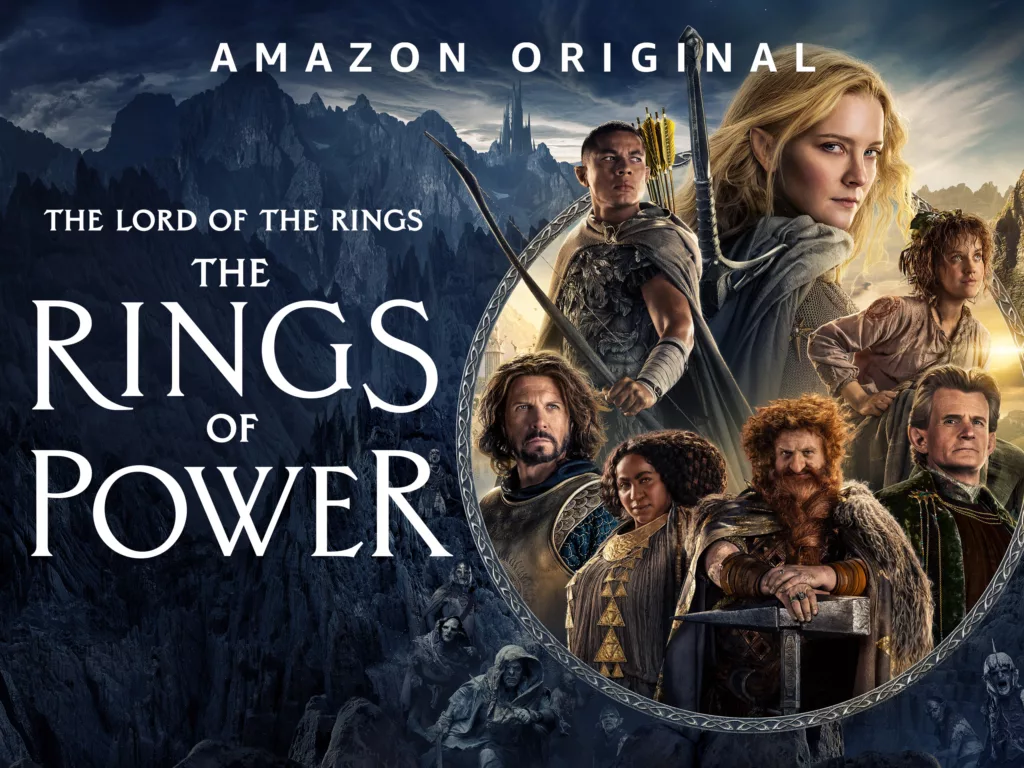
Image Source: The One Wiki to Rule Them All – Fandom
Peter Jackson’s “The Lord of the Rings” trilogy represents cinema’s biggest gamble. A fantasy epic once thought impossible to film was given to a relatively unknown director. He shot all three films at the same time in New Zealand. This $281 million production risk turned into one of film history’s most acclaimed and successful movie franchises.
Perfect Critical Acclaim
The trilogy received remarkable critical recognition. Its crowning achievement came when “The Return of the King” won all 11 Academy Awards it was nominated for. This matched the record held by “Ben-Hur” and “Titanic” for most Oscar wins by a single film. The complete trilogy earned 30 Oscar nominations and won 17. “The Two Towers” achieved “a rare 100%” on Rotten Tomatoes’ measuring system. “Return of the King” made history as the first fantasy film to win Best Picture. This breakthrough helped fantasy films move beyond just technical category recognition.
Box Office Journey to Mordor
The trilogy’s financial success was staggering. “The Return of the King” led the pack with $1.14 billion globally. It became only the second film after “Titanic” to cross the billion-dollar mark. Together, the three films brought in over $2.9 billion worldwide. This placed them among the highest-grossing movie franchises ever made. The trilogy’s commercial appeal remains strong, with re-releases still bringing in revenue decades later.
Impact on Fantasy Filmmaking
Jackson’s trilogy changed fantasy filmmaking forever. Fantasy was seen as a niche genre with limited money-making potential before these films. The trilogy’s success showed that “unfilmable” works could be adapted well. This opened doors for bold adaptations like “Cloud Atlas” and “Dune”. The films set new standards for fantasy movies.
Studios started investing substantial budgets to create epic-scale productions instead of the smaller ones typical for the genre. The trilogy also pioneered visual effects, especially in creating Gollum through motion capture. These films proved that fantasy stories could win both commercial success and critical praise, changing Hollywood’s approach to the genre permanently.
Fast & Furious: From Street Racing to Global Phenomenon
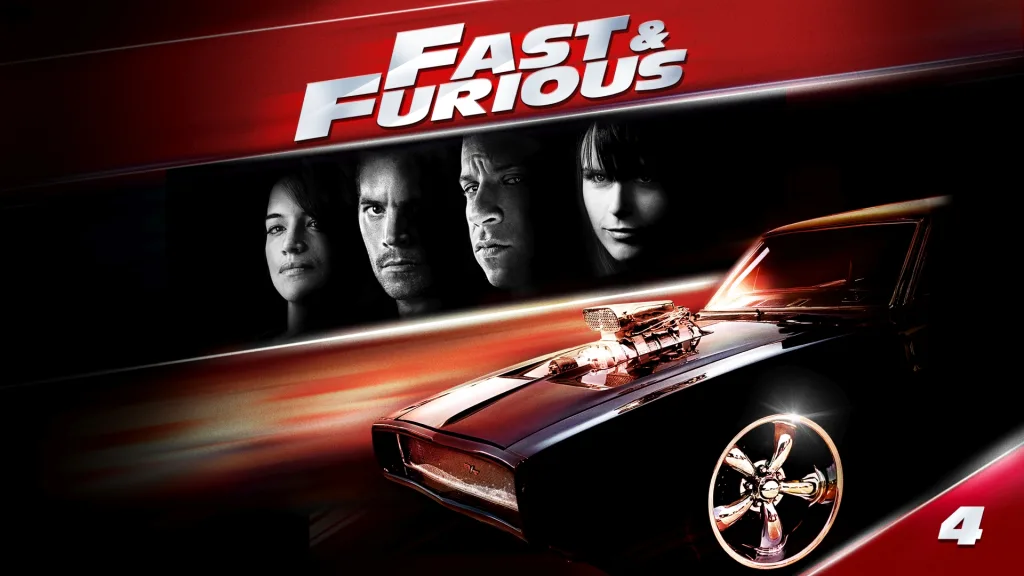
Image Source: www.universalpictures.com
The Fast & Furious franchise stands as one of cinema’s most unexpected success stories. A simple street racing film from 2001 has grown to become the 5th highest-grossing film series, pulling in nearly $7 billion worldwide.
The Critical Transformation
Reviews tell the story of the franchise’s development. The first four films received mixed reactions from critics. “The Fast and the Furious: Tokyo Drift” (2006) hit rock bottom in terms of reviews. Everything changed when “Fast Five” came along in 2011. The focus moved away from street racing to high-stakes heists and spectacular action sequences. This game-changing film earned a 78% fresh rating on Rotten Tomatoes, setting a new benchmark for the series.
How the Franchise Found Its Formula
“Fast Five” found that there was a winning recipe: stunts that defied physics, exotic locations around the world, and a cast that grew more diverse with each film. Cars no longer took center stage – they became tools for increasingly wild action sequences. The series picked up on diversity early by featuring multi-ethnic characters that resonated with audiences worldwide. Universal saw this as their chance to create blockbusters that truly represented everyone.
Box Office Acceleration Through the Years
Numbers tell an incredible story of success. The original film earned $206.46 million worldwide. Each new release brought bigger returns: $359.35 million for “Fast & Furious” (2009), $629.98 million for “Fast Five” (2011), $789.3 million for “Fast & Furious 6” (2013). “Furious 7” (2015) hit an amazing $1.51 billion and remains the highest-earning film in the series.
Balancing Spectacle with Character
Stunts grew more outrageous with each film – from dragging bank vaults through city streets to fighting submarines. Yet the franchise managed to keep its heart intact through themes of loyalty and family. This mix of spectacular action and genuine character connections sets Fast & Furious apart from similar films, creating what critics call “celluloid spectacle with soul”.
Jurassic Park: Dinosaur-Sized Success

Image Source: Universal Pictures
Steven Spielberg’s dinosaur epic changed cinema forever in 1993 and became a measure among the best movie franchises of all time. Based on Michael Crichton’s novel, Jurassic Park let loose prehistoric creatures through groundbreaking visual effects that transformed moviemaking.
Spielberg’s Critical Masterpiece vs. Later Installments
The original film got overwhelming critical acclaim. Roger Ebert praised its “sense of awe and wonderment” but criticized its human characters. The masterpiece earned its place in the United States National Film Registry for being “culturally, historically, or esthetically” important. Critics still consider it “a spectacular and thrilling movie” 30 years after its release.
Each sequel fell short of the original’s quality, and most fans agree they got progressively worse. The Jurassic World trilogy tried to recapture the magic, but critics rated the original higher consistently. One source pointed out: “When most fans think of how much they love Jurassic Park, they think just that… not the Jurassic Park series”.
Rise of the Franchise’s Box Office Performance
The movie dominated theaters financially and [grossed over $77.1 billion](https://en.wikipedia.org/wiki/Jurassic_Park_(film) in its first theatrical run. It surpassed Spielberg’s E.T. to become the highest-grossing film until Titanic. The franchise’s success continued:
- Original film: $82.5 billion after re-releases
- Lost World: $52.2 billion worldwide
- Jurassic Park III: $31.1 billion (franchise low)
- Jurassic World: $140.9 billion global haul
Technical Breakthroughs Across the Series
The franchise’s lasting legacy comes from its technical breakthroughs. The original film used CGI for just six minutes of screen time, yet this brief usage transformed filmmaking. George Lucas noted, it was “like one of those moments in history, like the invention of the light bulb”.
Spielberg combined Stan Winston’s practical effects with CGI masterfully to create believable dinosaurs. This approach set new standards for computer-generated characters to interact with human actors, making audiences believe dinosaurs truly existed.
Mission: Impossible: Aging Like Fine Wine

Image Source: www.paramountpictures.com
Mission: Impossible stands out among Hollywood’s action franchises as a cinematic anomaly. The series gets better with age like fine wine and breaks the usual pattern of declining quality.
Critical Improvement Over Time
The Mission: Impossible franchise has accomplished something remarkable in Hollywood. Each new installment has garnered better reviews than the last. “Mission: Impossible 2” received lukewarm reviews with just 56% on Rotten Tomatoes. The franchise’s critical reception took a positive turn with the third film at 71%. “Ghost Protocol” and “Rogue Nation” continued this upward trend, and “Fallout” ended up achieving an extraordinary 97% critical approval. This consistent rise in quality makes Mission: Impossible unique among major franchises. No other series has maintained such a steady climb in critical acclaim with each subsequent release.
Tom Cruise’s Impact on the Franchise’s Success
Cruise’s influence reaches well beyond his portrayal of Ethan Hunt. He became the “de facto auteur” of the franchise after the first two films. His hands-on approach includes personally choosing directors and approving story treatments. His steadfast dedication to performing increasingly dangerous stunts has earned him the nickname “the American Jackie Chan”. These stunts range from scaling Dubai’s Burj Khalifa to hanging from an airborne plane. “Mission: Impossible II” marked Cruise’s development from a dramatic actor who occasionally did action scenes into a full-fledged action hero. This radical alteration shaped his entire career path.
Box Office Climb with Each Installment
Box office numbers tell a similar success story. The original film earned $457.7 million globally. The series reached new heights as “Ghost Protocol” brought in $694.7 million, followed by “Rogue Nation” with $682.7 million. “Fallout” set a new franchise record by earning $791.1 million worldwide. American box office figures show “Fallout” leading with $220.16 million compared to the original’s $180.98 million. These growing profits, combined with increasingly positive reviews, have established Mission: Impossible as one of cinema’s most enduring franchises.
Pirates of the Caribbean: Sailing to Billions

Pirates of the Caribbean started as a Disney theme park attraction and ended up becoming one of the best movie franchises of all time. The five films grossed over $379.71 billion worldwide. This swashbuckling saga stands as the 16th highest-grossing film series that ever spread and made history as the first franchise with multiple billion-dollar films.
The Critically Acclaimed Original vs. Later Sequels
“The Curse of the Black Pearl” earned a remarkable 79% score on Rotten Tomatoes. Critics loved its perfect mix of adventure, humor, and supernatural elements. The following entries saw a steady decline in ratings:
- “Dead Man’s Chest” (2006): 53%
- “At World’s End” (2007): 43%
- “On Stranger Tides” (2011): 32%
- “Dead Men Tell No Tales” (2017): 30%
Critics pointed out that later sequels lost their way with complicated plots that strayed from the original film’s classic adventure formula.
Johnny Depp’s Influence on the Franchise
Johnny Depp’s portrayal of Captain Jack Sparrow became the life-blood of the franchise’s success. His charismatic and whimsical performance earned him an Academy Award nomination. Sparrow became a pop-culture icon matching Robin Hood’s status. Producer Jerry Bruckheimer said Depp “created one of the greatest cinematic characters”. The actor’s popularity made him the central figure in marketing and the face of Pirates.
Treasure Chest of Box Office Returns
The franchise’s box office numbers show impressive growth:
- “Curse of the Black Pearl” (2003): $55.21 billion
- “Dead Man’s Chest” (2006): $89.96 billion (franchise leader)
- “At World’s End” (2007): $81.01 billion
- “On Stranger Tides” (2011): $88.24 billion
- “Dead Men Tell No Tales” (2017): $67.07 billion
“Dead Man’s Chest” became the third film in history to gross over a billion dollars at the box office. The franchise proved to be a commercial powerhouse despite mixed reviews. This success shows how the series thrived on spectacle and Depp’s charisma more than critical praise.
Batman: The Dark Knight of Movie Franchises
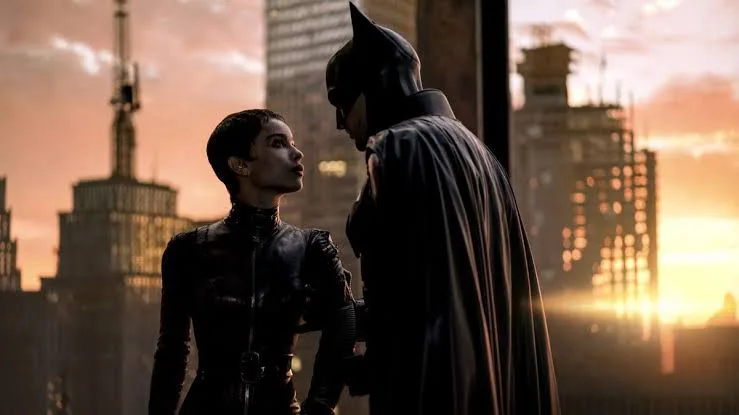
Image Source: The Direct
“We never lose our demons, Mordo. We only learn to live above them.” — The Ancient One, Character portrayed by Tilda Swinton in Doctor Strange (2016)
Batman’s journey from comic strips to blockbuster films spans 75 years. The franchise has grown into one of cinema’s most adaptable and profitable **movie franchises**. Ten major Batman films across multiple decades showcase different directors’ visions of Gotham City.
Critical Reception Across Different Eras
Batman films have seen their share of highs and lows. Tim Burton’s gothic take in “Batman” (1989) drew positive reviews, with Jack Nicholson’s Joker performance earning special praise. The franchise hit its lowest point with Joel Schumacher’s “Batman & Robin” (1997), which critics call “one of the worst movies of all time”.
Christopher Nolan’s “Dark Knight Trilogy” brought a stunning revival. “The Dark Knight” (2008) made such an impact that the Library of Congress inducted it into their collection. Critics saw it as more than just another comic book movie – they called it “a richly thrilling crime saga”. Matt Reeves’ “The Batman” (2022) earned acclaim as “a grim, gritty, and gripping super-noir” that stands “among the Dark Knight’s bleakest and most thrillingly ambitious live-action outings”.
Box Office Performance Through the Decades
Batman’s box office numbers tell a story of success, with the franchise pulling in over $573.79 billion globally. The Dark Knight ($45 billion domestic) and The Dark Knight Rises ($37.8 billion domestic) lead the pack. The franchise achieved a rare feat by becoming “the second film franchise to have two of its films earn more than $1 billion worldwide”.
“The Batman” proved its strength by earning $65.1 billion worldwide in 2022. These numbers substantially exceeded “Batman Begins” despite the challenges of a global pandemic.
How Different Directors Shaped the Franchise
Each director brought their unique vision while keeping Batman’s essence intact. Burton created a gothic world, while Nolan developed a “grounded take” that explored “how the Caped Crusader would function in a world devoid of superheroes”.
Nolan’s work changed everything. His trilogy brought “widespread popularity back to the superhero”. His realistic approach and deep storytelling showed that “superhero films can be art”, and Hollywood’s approach to comic book adaptations changed forever.
Toy Story: Pixar’s Crown Jewel
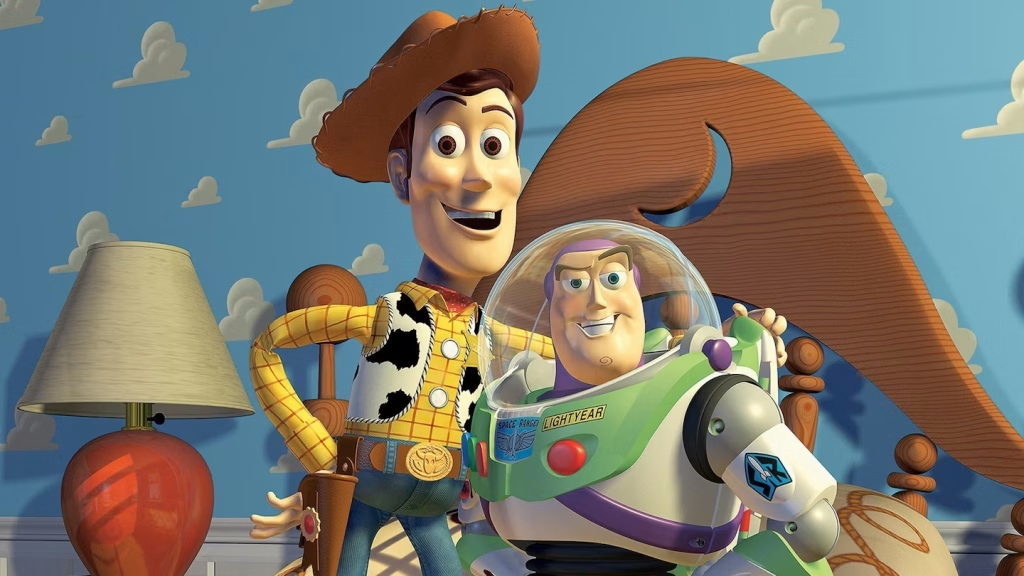
Image Source: Wikipedia
Toy Story changed animation forever in 1995 as the first fully computer-animated feature film. The series ranks among the best movie franchises of all time and has earned more than $3 billion worldwide with its four main films. Pixar plans to release a fifth installment in 2026.
Outstanding Critical Success
Toy Story stands out as the most critically acclaimed movie franchise ever. The series boasts an incredible 99% average rating on Rotten Tomatoes. The first two movies scored perfect 100% ratings. The third and fourth films followed closely with 98% and 97%. These scores put the series ahead of acclaimed trilogies like “The Lord of the Rings” (94%) and “The Dollars” trilogy (95%). Metacritic ranks Toy Story just behind “The Lord of the Rings” as the second most acclaimed franchise.
Technical Breakthroughs Throughout the Series
Toy Story did more than just introduce feature-length CGI animation – it expanded the possibilities of animation technology. Pixar created their RenderMan software to bring the film’s frames to life. The original 77-minute film needed 800,000 machine hours to render. Each new movie showcased better textures, lighting, and character movement. The series went from simple animation in 1995 to lifelike textures in Toy Story 4, showing how far the technology had come.
Growing Up With Its Audience
The magic of Toy Story lies in how it grew alongside its viewers from 1995 to 2019. The series started with simple childhood rivalry and ended up tackling deeper themes about purpose, belonging, and letting go. Toy Story 3 struck an emotional chord with its touching goodbye scene as Andy leaves for college. Director John Lasseter created “a sense of history” in this world. The franchise explores universal experiences of childhood, growing up, and time passing that connected with people of all ages.
The Hunger Games: Dystopian Box Office Champion
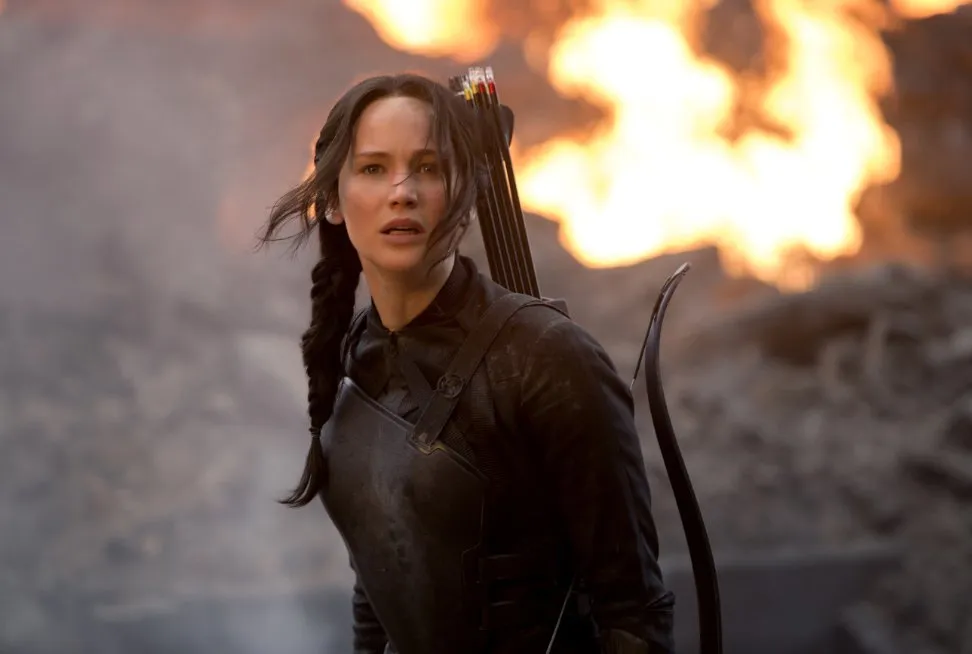
“The Hunger Games” stands out among young adult novel adaptations as a remarkable success story. The movie blended social commentary with commercial appeal and earned its place among the best movie franchises of all time.
Critical Reception of the Adaptation
The movie earned impressive critical acclaim with an 84% approval rating on Rotten Tomatoes and scored 68 out of 100 on Metacritic. Audiences shared this enthusiasm and gave the film an “A” CinemaScore grade. Many critics ranked it above other young adult franchises. Justin Craig of Fox News declared, “Move over Harry Potter. A darker, more mature franchise has come to claim your throne”. Jennifer Lawrence’s portrayal of Katniss drew particular praise. Empire magazine noted “there’s very little softness about her, more a melancholy determination that good must be done”. The film received some criticism for its shaky camera style and violence, yet critics found it “enthralling from beginning to end”.
Jennifer Lawrence’s Impact on the Franchise
Lawrence redefined female-led action films through her portrayal of Katniss Everdeen. She later reflected, “nobody had ever put a woman in the lead of an action movie because it wouldn’t work”. Her performance complemented a stellar cast including Josh Hutcherson, Liam Hemsworth, Elizabeth Banks, and Woody Harrelson. The role brought personal challenges – Lawrence admitted she felt “a loss of control” after the film’s success. Her contribution proved that female protagonists could lead major action franchises. This portrayal helped break stereotypes and created space for more complex women characters in cinema.
Box Office Battle Royale
The numbers tell an impressive story:
- The original film earned $694.4 million worldwide, with $408.01 million from North America
- “Catching Fire” led the franchise with $865 million globally
- All four films together brought in $2.97 billion
The franchise broke several records. It became the highest-grossing film released outside summer or holiday periods. The movie also claimed the tenth-highest midnight opening for a non-sequel at $19.7 million. This success sparked a wave of young adult dystopian adaptations like “Divergent” and “The Maze Runner”. Yet none of these movies matched The Hunger Games’ consistent box office performance.
Indiana Jones: Adventure, Archeology, and Acclaim
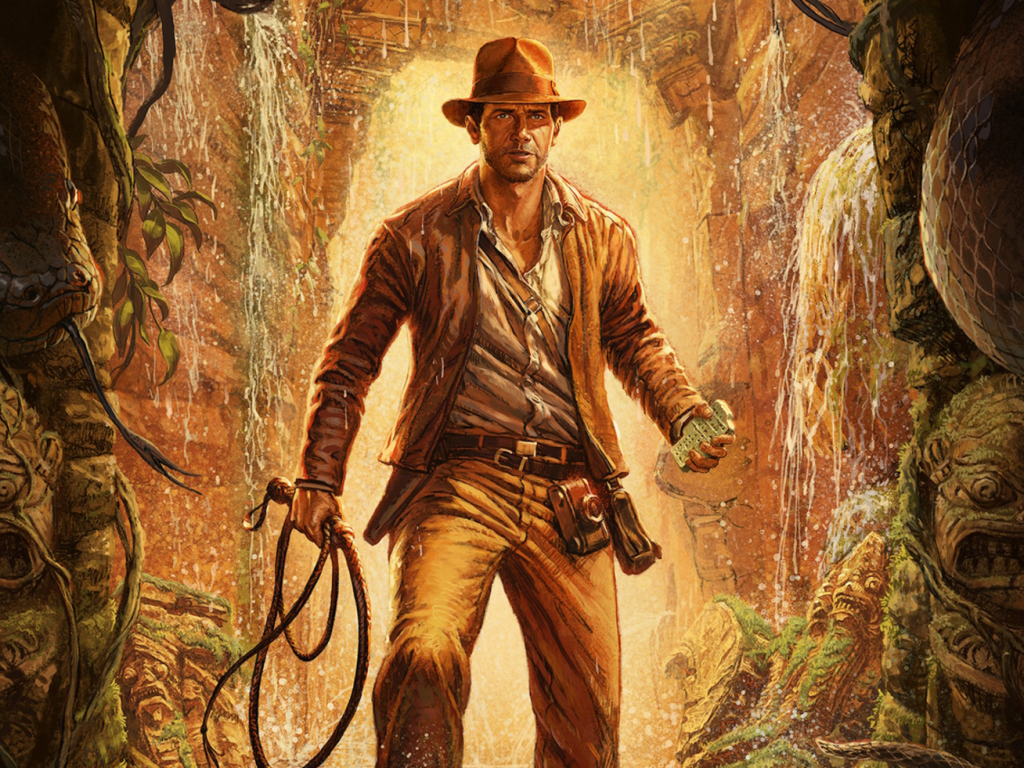
Harrison Ford’s iconic fedora and whip have become adventure cinema’s symbols since 1981. The Indiana Jones saga earned its place among the best movie franchises of all time through critical acclaim and commercial success.
The Original Trilogy’s Critical Perfection
The original Indiana Jones trilogy showcases masterful adventure filmmaking. “Raiders of the Lost Ark” (1981) captured extraordinary acclaim. New York Times critic Vincent Canby called it “one of the most deliriously funny, ingenious and stylish American adventure movies ever made”. The film earned nine Academy Award nominations, including Best Picture, and ended up winning four Oscars. This success continued with the prequel “Temple of Doom” (1984). “The Last Crusade” (1989) became the trilogy’s crowning achievement. Ford and Sean Connery’s chemistry created what critics call “the heart of the film.” Their perfect casting made the father-son relationship riveting. Steven Spielberg’s direction received praise for being “beautiful, not overly complex, and just a joy to watch”.
Later Installments and Critical Decline
Unfortunately, the franchise’s later entries couldn’t maintain the original trilogy’s quality. “Kingdom of the Crystal Skull” (2008) became the franchise’s highest-grossing film at INR 26.76 billion, but it polarized critics and audiences by changing from supernatural themes to science fiction. The 2023 release “Dial of Destiny” earned only INR 25.31 billion, making it Disney’s financial disappointment. Critics blamed this decline on the franchise’s move from supernatural roots into alien and time travel territories.
Box Office Treasures Through the Years
The franchise has collected over INR 177.20 billion worldwide across five films. “Kingdom of the Crystal Skull” tops the list with INR 66.66 billion, while “Last Crusade” follows with INR 40.01 billion. “Raiders of the Lost Ark” dominated 1981’s box office. “Temple of Doom” led 1984’s earnings with INR 28.11 billion. Despite “Dial of Destiny’s” weak performance, the character’s legacy lives on through its influence on countless adventure films, from “The Mummy” to “Pirates of the Caribbean”.
Transformers: Critic-Proof Blockbusters

Image Source: The Hollywood Reporter
The Transformers franchise shows how a movie series can be both a critic’s nightmare and a box office dream. Michael Bay’s five films have raked in over ₹4.46 trillion worldwide, making it the 14th highest grossing movie franchise ever.
The Critical vs. Commercial Divide
The Transformers movie series hit theaters in 2007 and critics hated it from day one. Reviews called the films “dull, dumb and soul-sucking” and claimed they lacked “cinema’s long-cherished formal signifying properties”. Each new movie got worse reviews than the last. “The Last Knight” (2017) hit rock bottom with just 30% on Rotten Tomatoes. The audience seemed to agree this time – ticket sales for “The Last Knight” took a nosedive.
Michael Bay’s Impact on the Franchise
Bay became the mastermind behind these franchise movies and created his own unique visual style. His trademark became “rapid editing, close framings, bi-polar lens lengths, and promiscuous camera movement”. He broke traditional continuity rules to create gut-punching effects. Bay didn’t just direct – he beefed up scripts, added jokes, and picked most new characters himself. His style helped “push cinema forward” at first, but viewers got tired of the formula eventually.
How the Series Generated Billions Despite Reviews
The money kept rolling in for several reasons. These movies worked as super-sized commercials, with over 220 brands showing up in just the first four films. “Age of Extinction” packed in so much product placement it could “stuff into a trilogy”. The jaw-dropping visual effects and robot fights gave audiences what producers call an “emotional handshake with consumers”.
Each movie got bigger marketing budgets too – “Revenge of the Fallen” received [₹168.76 billion](https://en.wikipedia.org/wiki/Transformers_(film_series), which was ₹42.19 billion more than the first film. This mix created what analysts called “mindless entertainment” promising “a rollicking time at the movies” – exactly what viewers wanted.
Rocky: From Oscar Winner to Billion-Dollar Legacy
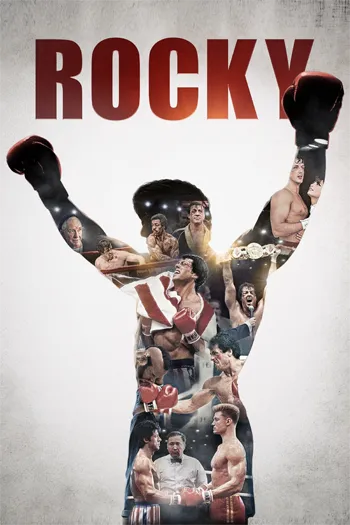
Image Source: MGM Studios
Sylvester Stallone’s underdog story mirrors his iconic character’s journey—a struggling actor who stood firm and wouldn’t sell his script unless he could star in it. This bold move created a best movie franchise that has lasted almost five decades, with nine films grossing over $1.6 billion worldwide.
The Rise from Rocky to Creed
The 1976 “Rocky” became an instant classic. It won Best Picture at the Academy Awards and grabbed two other Oscars from ten nominations. The film boasts a 93% approval rating on Rotten Tomatoes. The United States National Film Registry selected it to preserve its cultural, historical, and esthetic importance. The sequels didn’t quite match this level of acclaim. Critics gave mixed reviews until the “Creed” spinoffs breathed new life into the series. The first Creed movie scored an impressive 95% on Rotten Tomatoes. Stallone’s performance earned him a Golden Globe for Best Supporting Actor and an Academy Award nomination.
Box Office Punches Through the Decades
“Rocky” dominated the box office right from the start. It became 1976’s highest-grossing film and pulled in about $189.85 million worldwide. The movie cost just under $0.84 million to make, which resulted in a staggering 11,000 percent return. “Rocky IV” turned out to be the biggest hit with $107.90 million. The “Creed” series kept the momentum going strong—”Creed III” smashed records with a $49.25 million opening weekend.
Stallone’s Legacy in Building the Franchise
Stallone shaped the franchise through his roles as screenwriter, director, producer, and star. He doesn’t own the Rocky rights though, which remains a bitter point for him. The franchise left its mark beyond the silver screen. The Philadelphia Museum of Art steps became the famous “Rocky Steps,” and catchphrases like “Yo, Adrian!” are now part of pop culture. The Creed spinoffs proved they could stand on their own. “Creed III” made history as the first Rocky-universe film without Stallone’s appearance.
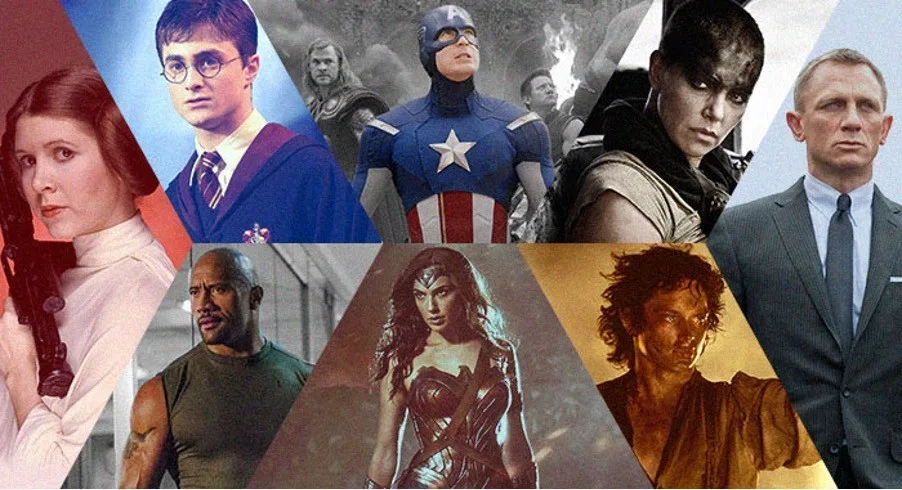
Comparison Table
| Franchise | Total Box Office | Number of Films | Highest-Rated Film | Highest-Grossing Film | Notable Critical Achievement |
|---|---|---|---|---|---|
| Star Wars | $10.36 billion | 12 | The Empire Strikes Back | The Force Awakens ($168.76B) | Original film won 6 Academy Awards |
| Marvel Cinematic Universe | $31 billion | 35 | N/A | Avengers: Endgame ($2.8B) | Phase 3 averaged 89.2% on Rotten Tomatoes |
| James Bond | $7.88 billion | 26 | Casino Royale | Skyfall ($1.11B) | Longest-running movie franchise |
| Harry Potter | $9.66 billion | 8 | N/A | Deathly Hallows Part 2 ($1.34B) | Six films grossed $1B+ (adjusted) |
| The Lord of the Rings | $2.9 billion | 3 | The Two Towers (100%) | Return of the King ($1.14B) | Return of the King won all 11 Oscar nominations |
| Fast & Furious | $7 billion | N/A | Fast Five (78%) | Furious 7 ($1.51B) | N/A |
| Jurassic Park | N/A | N/A | Original Jurassic Park | Jurassic World ($140.9B) | Original selected for National Film Registry |
| Mission: Impossible | N/A | N/A | Fallout (97%) | Fallout ($791.1M) | Only franchise with consistently improving reviews |
| Pirates of the Caribbean | $379.71 billion | 5 | Curse of the Black Pearl (79%) | Dead Man’s Chest ($89.96B) | First franchise with multiple billion-dollar films |
| Batman | $573.79 billion | 10 | The Dark Knight | The Dark Knight | Dark Knight inducted into Library of Congress |
| Toy Story | $3 billion | 4 | Toy Story 1 & 2 (100%) | N/A | Highest franchise average rating (99%) |
| The Hunger Games | $2.97 billion | 4 | Original (84%) | Catching Fire ($865M) | Highest-grossing film outside summer/holiday periods |
| Indiana Jones | $177.20 billion | 5 | Raiders of the Lost Ark | Kingdom of Crystal Skull ($66.66B) | Raiders earned 9 Oscar nominations |
| Transformers | $4.46 trillion | 5 | Original (2007) | N/A | N/A |
| Rocky | $1.6 billion | 9 | Original Rocky (93%) | Rocky IV ($107.90M) | Original won Best Picture Oscar |
Conclusion
Fifteen legendary movie franchises have earned more than $100 billion at the box office. These numbers show cinema’s remarkable ability to engage global audiences for decades. Marvel stands at the top with its $31 billion empire. Star Wars and Harry Potter follow with impressive earnings of over $9 billion each.
The ratings tell an interesting story about what makes franchises last. Toy Story stands unmatched with a 99% average rating. Mission: Impossible did something rare – each new movie got better reviews than the last. The Lord of the Rings trilogy showed that fantasy films could be both huge hits and critical darlings. This success opened doors for more epic adaptations.
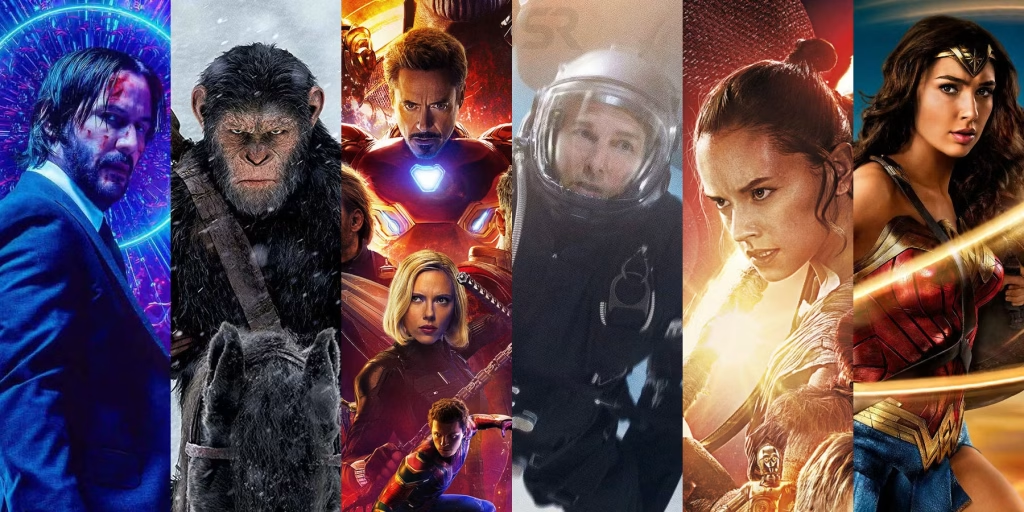
Great franchises know when to change with their audiences. James Bond moved from Cold War spy stories to modern action spectacles. Batman grew from campy adventures into deep character studies. Fast & Furious started with street racing and became a global heist series. These changes worked because the core appeal stayed intact.
These movies changed entertainment forever. Star Wars brought us groundbreaking visual effects and merchandise. Indiana Jones created a blueprint for adventure films. Harry Potter’s story struck a chord with people of all ages. Their influence reaches far beyond just entertainment.
The numbers tell us something important. Great franchises need the right mix of nostalgia and fresh ideas. They balance spectacular moments with solid storytelling. Most importantly, they find ways to please both critics and audiences while staying true to their vision.
FAQs
Q1. What is the highest-grossing movie franchise of all time?
The Marvel Cinematic Universe is the highest-grossing movie franchise, having earned over $31 billion at the global box office across its 35 films.
Q2. Which movie franchise has the best critical reception?
The Toy Story franchise maintains the highest critical acclaim of any movie franchise, with an extraordinary 99% average rating on Rotten Tomatoes across its four main films.
Q3. How did the James Bond franchise adapt over time?
The James Bond franchise evolved from Cold War-era spy thrillers to modern action blockbusters, adapting to changing geopolitical landscapes and audience expectations while maintaining its core elements.
Q4. What impact did The Lord of the Rings trilogy have on fantasy filmmaking?
The Lord of the Rings trilogy proved that fantasy films could achieve both commercial success and critical acclaim, paving the way for future ambitious fantasy adaptations and changing how Hollywood approaches the genre.
Q5. Which franchise showed the most improvement in critical reception over time?
The Mission: Impossible franchise demonstrated the most consistent improvement in critical reception, with each new installment receiving better reviews than its predecessor, culminating in “Fallout” achieving a 97% approval rating on Rotten Tomatoes.

